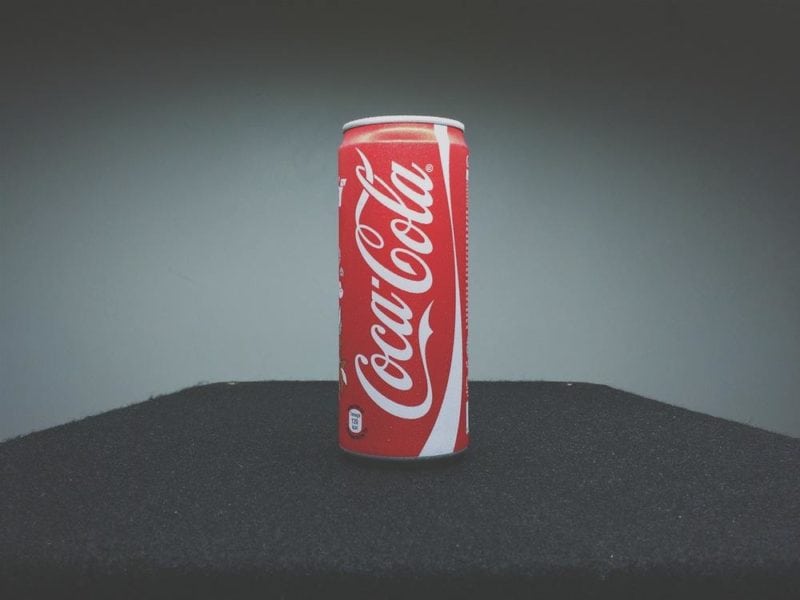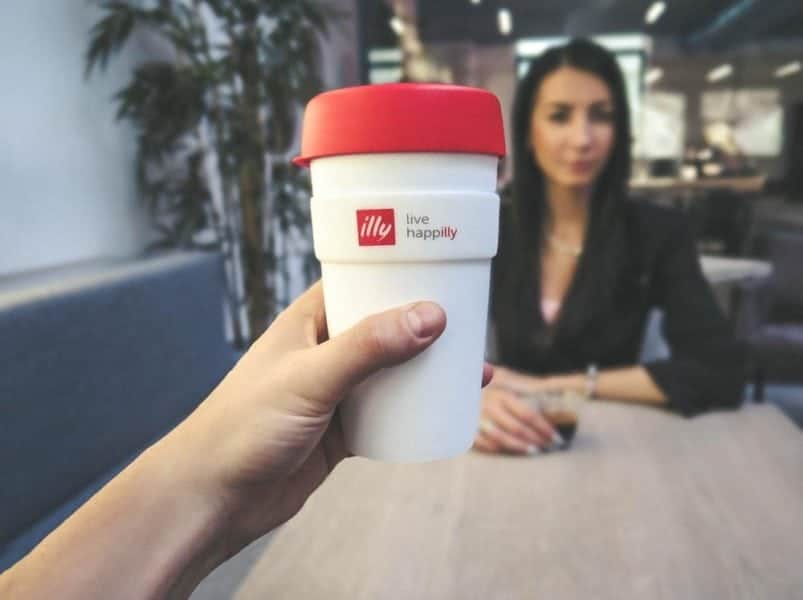One question artists, photographers, designers, and musicians always seem to ask is whether they should trademark their name. In many cases, an artist’s personal name is also their company name. That name is a corporate asset with real tangible value, and protecting it is an important business consideration. However, it’s important to understand that applying for a trademark does not guarantee acceptance. As always with art law, there are no simple answers, only important points to consider.
First, The basic idea behind a trademark is that as a society, we want to know whom we are buying from. We don’t want consumers to be tricked into thinking they are buying from one company when in reality they just bought a knock-off. A clear example would be someone buying a Prada bag, thinking it is the quality of Prada, only to find that the bag fell apart three months later. Let’s apply that concept to artists: a photographer would not want to see merchandise bearing photos that appear similar to their own with the photographer’s name (wrongly) attached. It is not the photographer’s photo, so there is no copyright violation. The only way the photographer would be able to seek redress is through trademark law.
A trademark is evidence that you are the rightful user of the name for a particular type of product. It’s a lot easier to sue someone to make them stop using your name than it is to prove they’ve infringed on your copyright: Just think about how much easier it is if you don’t have to prove that it is, in fact, your name. (It’s tens of thousands of dollars cheaper, too).
What Type of Names Can Have a Trademark?
Names of people and companies, business logos and symbols, and particular sounds can all be trademarked. However, surnames are often refused a trademark registration, if the applicant is unable to show that the surname is in some way distinctive. “Acquired distinctiveness” means that the trademark has been used for a long period of time, has gained recognition by consumers, and has become more than just a surname. For example, Ford Motors is a surname, but because it has become so recognizable as a trademark has acquired distinctiveness, and therefore can be a registrable federal trademark.

Most fashion brands trademark their name.
Artists that have been around for years with posters, books, t-shirts, and other merchandise at the point where they are gaining notoriety should protect their brands. Pablo Picasso, Michael Kors, Kate Spade, and Mark Kay are all trademarked. If you are just starting out with no notoriety and wish to differentiate yourself by adding a word to your name, try to make that addition so it is not too descriptive. For example, iPad is Trademarked, but the iPad mini was refused a trademark because ‘mini’ merely described the size of the iPad. So in removing mini, you are left with iPad which is already Trademarked. For example, you might try to register John Smith Fine Photo or JS Photography, which doesn’t use the proper name, rather than John Smith Photography.
Trademarks do not apply to every product and service you might want to create. Trademarks are only assigned for particular goods or services that you or the business are actually making, offering, or producing; otherwise known as goods and services that are being used “in commerce.” If you don’t make it or plan to make it, then you are not getting a trademark for it. Currently, there are 42 classes of goods and services with hundreds of specific descriptions or identifications within those classes. (Click here for the list at the USPTO). That means if you have a Trademark for a Class 1 product, the same name can generally create products in classes 2-42. It gets a little more complicated so I’ll try to explain the rest with an example.
Let’s say I want to trademark Steve Schlackman. I am a photographer who uses my images to make pillows and rugs. I am selling them in my online store so they are “in use;” or used in commerce. The trademark class that includes pillows and rugs is #20. (Note: It costs $275-$325 per class as a fee to the United States Patent and Trademark Office and anywhere from $600 to $1000 for an attorney to create the application. If you choose another class later, you will need another application and fee, so try to do your classes all at once).
Class 20: Furniture Products – Furniture, mirrors, picture frames; goods (not included in other classes) of wood, cork, reed, cane, wicker, horn, bone, ivory, whalebone, shell, amber, mother-of-pearl, meerschaum and substitutes for all these materials, or of plastics.
When I apply for the trademark, I must choose the products I sell from a list of acceptable goods and services within Class 20. I will pick items like Pillows, Decorative Pillows, and Floor Pillows. I will also upload an image of those products to show they actually exist. If I receive my trademark (which takes a few months) it will only apply to Class 20. Additionally, someone named Steve Schlackman can make Steel Beams which is Class 6 (metal products) and can also apply for a trademark for that class.

Coca Cola’s trademark likely extends across every product class.
But can people with my name make other products within Class 20? I only make pillows and rugs and the class has many more types of products. What if someone is making Steve Schlackman brand wicker chairs? Can I stop them? Maybe. The main criteria here are whether the wicker chairs are confusingly similar to my trademark: Would a buyer purchase the product because they think it is my company’s product?
Determining “confusingly similar” can be complicated. Courts will look at all the elements of a product together and try to decide whether a general everyday consumer would be confused and think they are buying something else. Look at a company like Coca-Cola. They make all sorts of products, like clothing, kitchen items, prints, and vending machines. If someone made a Coca-Cola pillow, people would think it was backed by Coca-Cola. So Coca Cola’s trademark would likely hold for all identifications in the class, and probably into other classes as well.
The important takeaway here is that should you ever get into a legal battle over someone selling under your name in the same class, and you want to stop them, you will be in a much more powerful position (and spend a lot less in legal fees) if you own the trademark. If you decided to wait to register your trademark, and someone gets their first, then you end up in a far more difficult legal position.
Protecting Future Product (Intent to Use)
What if you want to register a trademark for products you haven’t made yet but are planning to in the near future? That concept is known as “intent to use.” Let’s say you were planning on making t-shirts and other clothing products. Well, first, that is Class 25: Clothing and Apparel Products – Clothing, footwear, headgear. What we can do is submit an “intent to use” application for those products in Class 25. Think of it as holding a space in line.
Once you get the products made, you will need to convert your application to an “in use” application by paying the requisite fee. Even though your product isn’t made yet, nobody can trademark with your name for that class. If somebody makes products during that holding period, your trademark effective date will be the date that you submitted the “intent to use” application, not the day you convert the application to “in use” (which should be the day you sold the products in commerce). You cannot hold the space forever, though. You will have to pay a fee every few months just to continue the “intent to use” classification. After a couple of years or so, you may lose it. Certainly, if someone else wanted to register the Trademark, and could show you were not making any of those products for the last 2 or 3 years, they would likely be able to contest your “intent to use” classification.
If you don’t have a trademark, you are not without rights. Let’s touch briefly on the difference between ™, ℠ and ®. ® is for a trademark that has been registered and approved by the United States Patent and Trademark Office. (USPTO). The ® confers certain federal rights:
Registration gives a party the right to use the mark nationwide, subject to the limitations . . . . 15 U.S.C. � 1072. Registration constitutes nationwide constructive notice to others that the trademark is owned by the party. Registration enables a party to bring an infringement suit in federal court. 15 U.S.C. � 1121. Registration allows a party to potentially recover treble damages, attorneys fees, and other remedies. Finally, registered trademarks can, after five years, become “incontestable,” at which point the exclusive right to use the mark is conclusively established. 15 U.S.C. � 1065.(Harvard.edu)
This does not mean that you have no rights without a trademark. ™ and ℠, which stand for Trademark and Service Mark respectively, can be used attached to a name without registration with USPTO. The symbols are used to provide notice of a claim of “common law” rights in the name, which means regular everyday state laws. They inform potential infringers that a term, slogan, logo, or whatever name you are trying to protect is being claimed as a trademark. But, use of the symbol ™ or ℠ does not get you the federal protection. If you want to fight someone for using your name, then you have to go the standard lawsuit route, but the ™ and ℠ do give you a bit of extra protection over those that did not claim the symbol. That is a topic for another post but for now, if you do not have a trademark in your name or are in process, you can still use the ™ or ℠.

You can ‘hold your place’ and prevent anyone from operating a business with your name while trademarking a product or service.
So, should you submit a trademark registration for your name?
In general, if you can show distinctiveness in the name, my feeling is that it is far cheaper to register a trademark now than try to fight someone over it later. Think of it as an insurance policy. You may not have needed it, but you are glad you have it when the accident happens. This is a big country, so someone may be out there right now using your name, making the same products without your knowledge. You don’t want them to become popular and apply for a trademark, knocking you out of the game. It is better that you are the one sending a cease and desist letter.
Finally, trademarks can be complicated. Don’t try to do Trademarks yourself if at all possible. Deciding on distinctiveness is only one of the many issues that a good Trademark attorney can help you determine. They know what to do, and they can submit applications in a way in which they are more likely to be approved. Also, if the USPTO does have problems with the submission, they will issue “office actions” requiring responses. That is something you would be better served to have a trademark attorney deal with. The truth is that many trademark applications are denied, so working with an attorney enhances your chances of having your trademark approved. Applications submitted by attorneys have a far greater acceptance rate than those submitted by non-attorneys. Also, note that trademarks fall under federal law, so you don’t need to find a local attorney. You can use an attorney from anywhere in the country.
If you have any questions about using your name or have had any issues you think our audience should know about, Please leave them in the comments below!